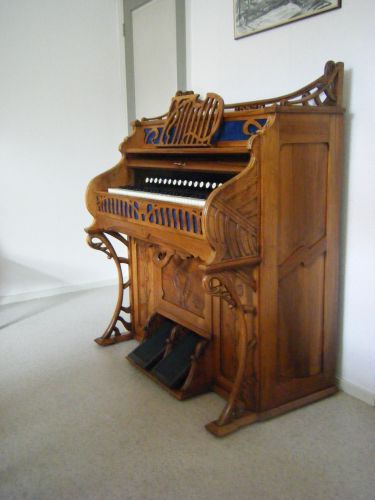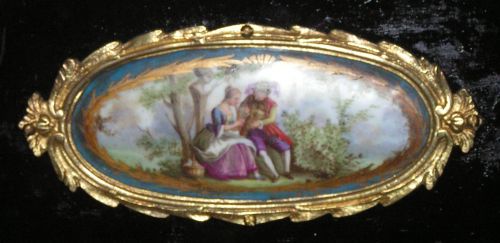Welcome
"Times, they are a-changing," as my great-grandmother said and it seems she is right:The reed organ and harmonium are cool again !!!!!!!!!

In the years 1920-1960 you could find in almost every Protestant living room in Holland a reed organ. Times have changed and it was gradually replaced by the piano, the keyboard and other electronic instruments.
That it was rejected as a musical instrument is shown by nicknames such as Psalm Pump and so on. Lack of maintenance and poor play certainly contributed to confirm that opinion.
Lack of maintenance: While a piano needs maintenance once or twice a year by a piano-tuner, the average reed organ owner thinks that every repair is too expensive. However, a major overhaul every 25 years and some minor repairs in between is often all that is needed to prevent any problems with a reed organ.
Bad playing: To learn to play a musical instrument such as the piano, trumpet or flute you would take music lessons. However, many self-teaching methods suggest that you can learn to play the harmonium on your own.
This is sad, considering the wonderful background of the harmonium: It was developed in the 19th century and became extremely popular. It was introduced first in the parlours of the wealthy and then into the average living room.
The reed organ belongs to the Romantic period and the Romantic period needs the reed organ:
Romanticism = expression and control of form and sound. 
A pipe organ has an indefinite duration but shows little expression, a piano has lots of expression but a limited duration of its tone.
In the reed organ the advantages of both instruments are united: the tone length of an organ and the expression of a piano.
Great composers such as Franck, Liszt and Boellman have written works for it. Together with the choirs and brass bands, it has made a major contribution to the musical development of the average 19th and 20th century citizen


